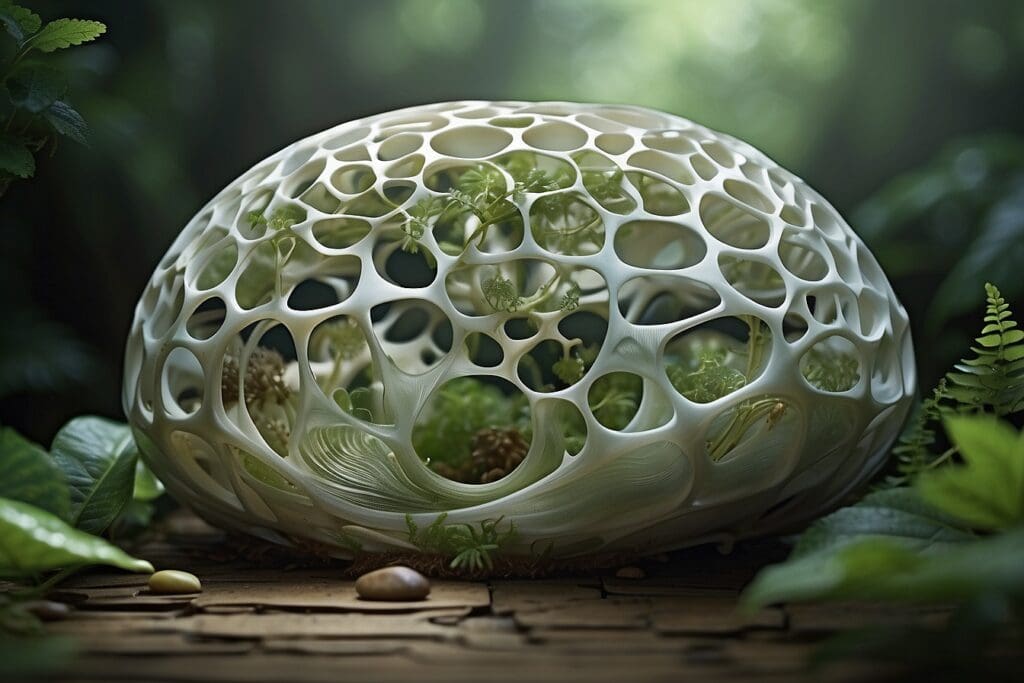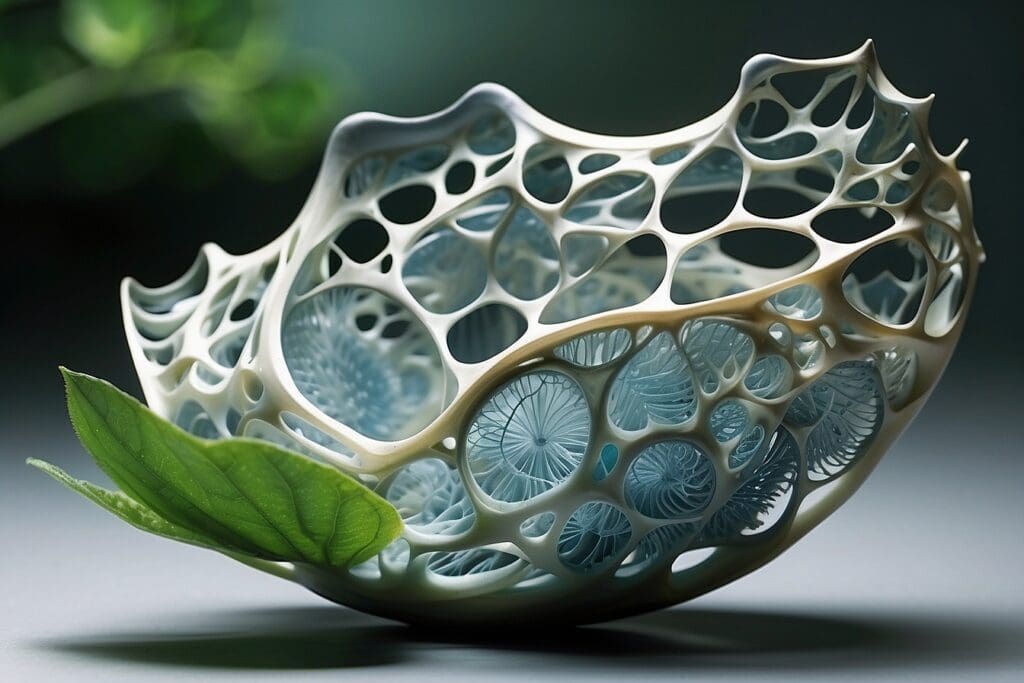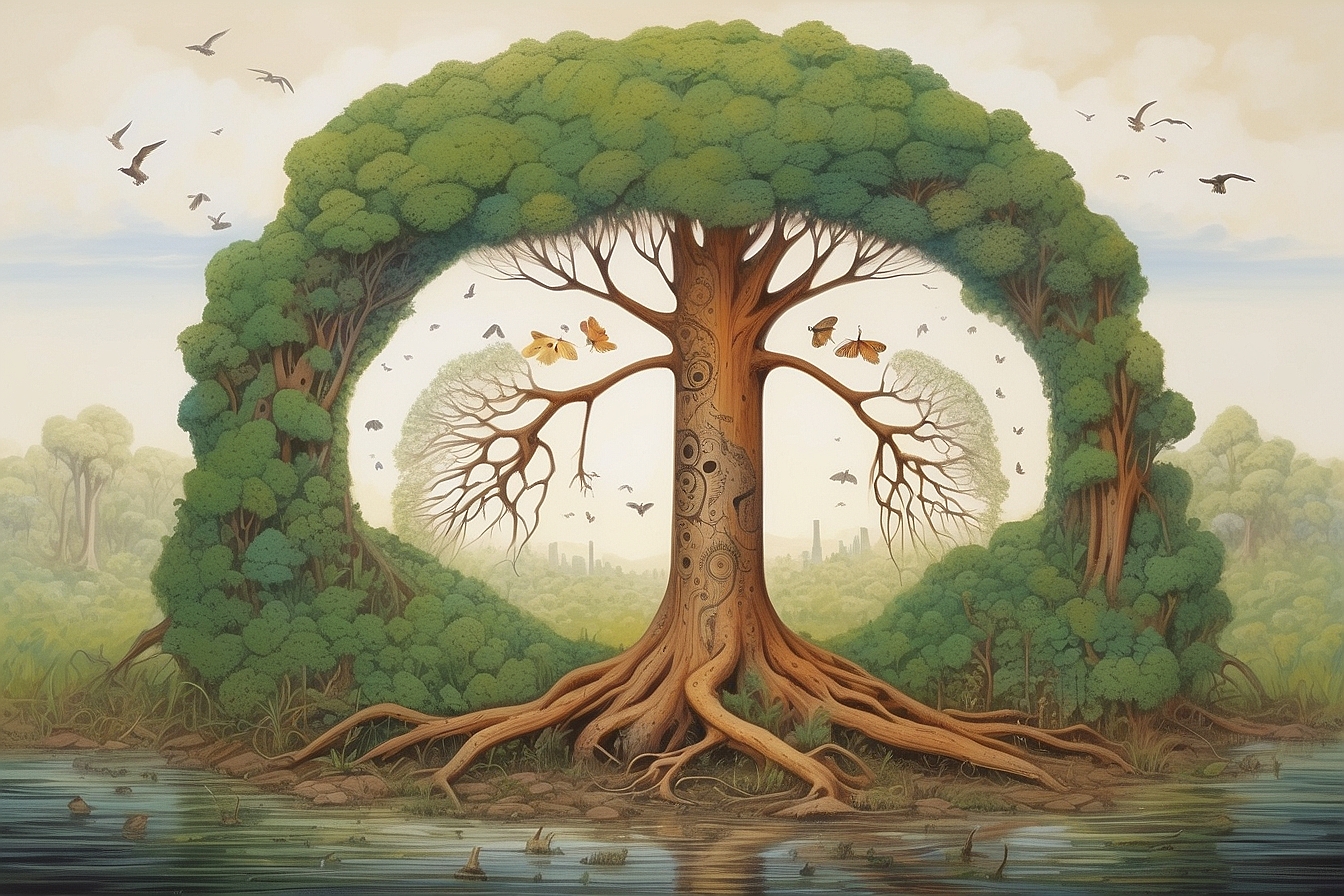Very literally translating to mimicking biology, biomimicry is an old idea emerging as a new sustainable method of smart design at a time where industries are searching for more eco-friendly ways to produce their goods and services. Biomimicry is the idea that imitating nature’s design, either through species design or ecosystem function, people and companies can create superior products. Nature has a way testing its methods and discarding ideas that just don’t work quite right by way of time and evolution. For example, the skin of a dolphin is built for speed in the water and warmth, thus wetsuit companies have emulated this design in order to provide their surfers with the same sleekness and insulation. Like I said before, people have knowingly or unknowingly been doing this for some time, but these days you may be surprised which industries are taking hold of this method that is swiftly rising in popularity.
DNA-based Computers

If you’re the kind of person who can’t get enough giga or mega bytes to satisfy your music collection, you may be interested in learning about computers that are actually using DNA as a functioning memory. Out of all of nature’s exquisite designs, DNA is the most ingenious because it is capable of holding the most information in the smallest volume. And in today’s computer world, the most in the smallest size is always desirable.
These new computers work through logic gates. Logic gates are the portal in which binary codes are converted into instructions that are given to computers. By changing the electronic input signals to DNA codes, logic gates will instead receive whatever is in the DNA. This may sound virtually impossible and like something from a sci-fi movie but DNA computers have been doing wonders since they were first invented in 1994 at USC. It is using DNA to “store and process information” rather than to use it as code to create a certain creature. You can even have DNA as its own computer, appearing as only a clear solution in the amount of a few milliliters, and in this are enzymes—commonly called the building blocks of life—which act as hardware and the DNA which acts as software. This computer can analyze solutions without human intervention but since its results are played out in a test tube, it takes human interaction to visually show the output the computer is producing.
In other words, an enzyme plus a strand of DNA is a natural computer that works on its own to complete tasks and problems, but to actually see what it is doing and what is going on inside, you need humans to enlarge it. So far, the DNA computer can only do simple functions, such as answering a yes or no question, but since DNA in nature is capable of doing a trillion things at once, these intricate computers are expected to aid in medical research when there are often millions of possible solutions to one problem. Don’t worry is you are not fully grasping this phenomenon. Just know that the building blocks of life are now being put to their fullest use by working not only to produce all living things but also to act as man’s push towards the future.
Hearing Aids and the Ormia Fly
The Ormia fly is not a necessarily amazing species. It is seen as a pest in the Southeast of the US where it is found because it is a common parasite. But this little critter, whose ears are the size of the period at the end of this sentence, are providing science with the technology to create more effective hearing aids.
The trouble with hearing aids is that they often amplify all the sounds in the person’s vicinity, rather than pinpointing the crucial ones. This creates a slough of white noise and prohibits the aid from being incredibly useful. By using the design of the Ormia fly, which has deeply perspicacious hearing and very tiny ears, scientists are able to generate a hearing aid that has superior directional hearing, is smaller, and costs thousands of dollars less than the conventional product. Something as discrete as a fly can become a magnificent contributor to biomimicry.
The Shape of Motion
If movement could be drawn in a specific shape, what would it look like? To an Australian company called PAX Scientific, that shape is a nautilus shell. By mimicking the shell’s virtually flawless mold, the company was able to produce fans and propellers that save industries billions of dollars in energy costs. The propeller alone has the capacity to save the shipping industry 10% of their annual energy costs. That may not sound like a huge impact, but it is certainly better to have an extra $4 billion is to spend on a business rather than energy costs. PAX fans reduce energy use by half and are 75% quieter than your everyday fan. Fans are so universally used in every industry from agriculture to your own home, making PAX products very effective at reducing everyone’s carbon footprint.
There’s So Much More
Although we have only discussed a few examples, there are many more out there that have already been researched and those still waiting for us in Mother Nature to use. From Velcro, to glues, biomimicry can involve any section of any industry and will hopefully help us humans to reduce our waste and finally work with our ecosystems to become a truly sustainable society.





